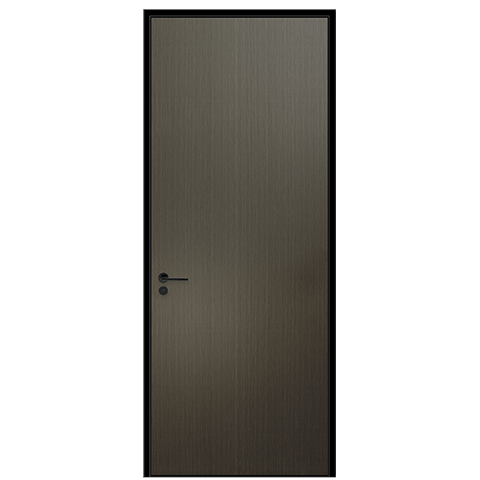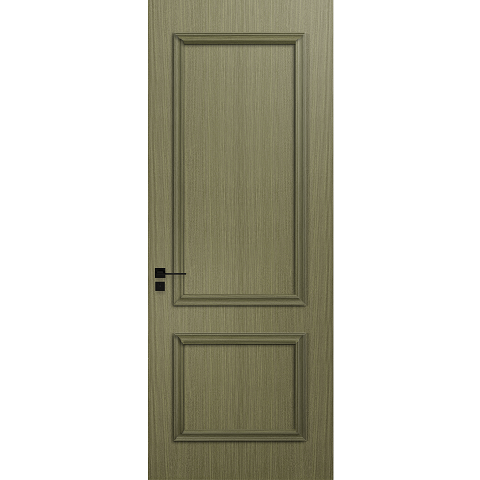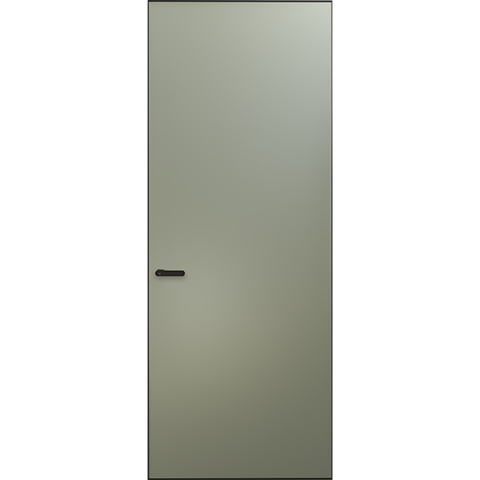How to make good soundproof windows?
01 Three terminals do not talk about everything, sound insulation is difficult to achieve
How about an eye-catching store with soundproof doors and windows? Such a question is too broad and there is no answer, but Baydee feels that if this kind of store guide's opinion on the effective sound insulation of doors and windows (brainwashing you) only stays on the product side, then the money you spend will almost be greatly reduced.
To give a real case, the name of the case is "If you walk into such a soundproof door and window shop, I suggest you look for it again":
Lao Jin's son, Xiao Jin, is going to ask for a wife, and plans to redecorate the house and make it a new one. Because the old house has a low floor facing the street, it has been troubled by the noise from the shops downstairs and the road in recent years, so I plan to buy the doors and windows at home.
The task of purchasing doors and windows was assigned to Xiao Jin, who ran around offline stores while searching for related content on doors and windows from the Internet. With the mentality of giving it a try, Xiaojin walked into a door and window store of a certain brand that said "specialize in soundproof doors and windows".
1. The thicker the series, the better the sound insulation effect; our 108 series is suitable for your home use, and the 130 series is suitable for better effects. 2. Look at the cavity of this profile. It adopts a multi-cavity structure and puts sound insulation cotton, which is not available in other companies; 3. Our glass comes from CSG and NorthGlass (etc.); 4. The glass is The special three-cavity and two-glass, 30 millimeters thick, has strong sound insulation! 5. The glass also has special laminated insulating glass. The laminated glass is specially designed to isolate noise, and it is installed on the side of the road to ensure sound insulation; 6. Our sealing strips are also different from others. The length, width and thickness are imported. ! EPDM! 7. Our hardware is imported; 8. With our windows installed, it is guaranteed to reduce noise by 30-40 decibels!
Such merchants generally use several key words (gimmicks) to attract consumers' attention: thick, special glass, rubber strips, imports, and decibels; in addition, they never mention product quality control, sealing technology, installation end, and design. The impact of the end on the sound insulation of doors and windows.
Xiao Jin was so dazed by all kinds of terminology in the store that he almost wanted to take out his credit card. But I felt uneasy, so I asked online. Baydee's answer:
1. To put it bluntly, the sound insulation ability of doors and windows mainly depends on the sealing process and the choice of glass. Others such as multi-cavities of profiles, cavities of heat insulation strips, insulation cotton, etc. are additional, these things are not uncommon, and they are only useful when the glass and sealing process of the door and window products themselves are done well.
2. Moreover, the sound insulation ability of doors and windows products ≠ the actual sound insulation effect after installation. Now in the market, good products are easy to find as long as you spend money. Various brands of system window products can almost do what you see in Xiaojin.
Instead of choosing which doors and windows are sound-proof, it is better to choose how the sound-proofing scheme is and how good the installation experience is (if there are sound-proof doors and windows, then the merchant must be qualified to say "I have rich experience in design and construction").
Xiao Jin, go to the store and ask: (1) How many construction cases are there for roads, schools, squares, factories, elevated roads, even airports, and railways? (Just ask where is your home) (2) Take me to see it? (3) If the actual experience meets the ideal expectation, what are the characteristics and details of your installation to ensure the sound insulation of doors and windows?
As long as the merchant does not focus on the door and window products, but can still speak clearly about the design and construction experience, it can basically be believed.
02 Experienced three-terminals can "adapt measures to local conditions and vary from person to person"
Why Baydee said that merchants who can talk about design and construction experience can be trusted (relatively), because most practitioners of doors and windows do not have systematic learning, and the experience of practitioners comes from experience, and only with more experience can they know more.
03 17 practical experience sharing
1. To achieve effective sound insulation for doors and windows, you must first have good products. First look at the structure of the product: the first step is to select the product model according to the complexity of the noise faced, and recommend the 60-70 series system window.
2. The second step is to look at the sealing structure, and choose a product with a good sealing profile structure on the outside, inside and middle, which is enough to have a good sealing effect. Sealing is about quality, not quantity. Don't care about the "cavity structure" that the shopping guide said, the more the better, the less it doesn't matter, and it won't affect the overall situation.
3. The third step is to look at the rubber strip. The rubber strip is the key to the sealing performance of doors and windows. It mainly depends on three points. One is the material, a good material (such as EPDM) guarantees the service life; the other is the glue content, which is a new study of Baydee, the greater the glue content, the better the performance of the strip (such as 30% glue content three Yuan ethylene propylene rubber strip) The third is to look at the way the rubber strip penetrates, and the sealing performance of the press-in rubber strip is better.
4. Look around for various gaps. Because the soundproof windows are casement windows, we mainly look at the drainage holes. In short, the less gaps and holes you can see on the door and window samples, the better the sealing of the door and window structures.
5. After selecting the product, select the glass. Almost every merchant can provide three types of sound-proof glass: laminated glass, laminated insulating glass, and double-layer insulating glass (three cavities and two glasses), but the quality is somewhat different.
6. Baydee recommends double insulating glass (three cavities and two glasses) for scenes near schools and squares where there are many people and high-frequency noise; for scenes near roads and elevated roads where there are many high- and low-frequency noises from vehicles, choose laminated insulating glass.
7. The sound insulation performance of laminated glass is related to the thickness of the laminated layer. Users can choose PVB interlayer with a thickness of 0.38 mm, 0.76 mm, and 1.14 mm. The thicker the thickness, the stronger the ability to isolate low-frequency noise, and the corresponding price becomes more expensive. Hollow glass is the same.
8. Double insulating glass (three chambers and two glasses) is better than insulating glass in terms of sound insulation.
9. The doors and windows should be effectively soundproofed. After the product is determined, pay attention to the installation details. The most important thing to install is to be standardized! The window frame and the window sash are on the same plane, the sealing strip should be tightly deformed when the window sash is closed, the fixed glass and the window frame should be airtight, and the joint of the window frame should be sealed.
10. The second important thing is the visible seam during installation. For example, the installer should apply enough foaming agent when positioning the doors and windows, and after the positioning is completed, take the positioning block (positioning wood chips, etc.) and backfill in time. gap.
11. The third is gluing, which must be meticulous and seamless. If you find that you have missed or undershot when checking the installed doors and windows, ask the workers to make up for it in time.
12. Of course, the horizontality, verticality, left and right in and out of doors and windows are hard indicators.
13. The impact of design on the effective sound insulation of doors and windows is mainly reflected in the following: it is not recommended to use sliding windows in rooms with high sound insulation requirements, it is not recommended to design too many opening fans, and it is not recommended to use inward-opening and inward-facing windows with exposed hinges, etc.
14. Finally, there are some routine analysis. First, the integrated window screen is not suitable for soundproof doors and windows. Here is a big pit (price = system window, but performance = conventional aluminum window with broken bridge. What you spend money on is not a performance upgrade).
15. As mentioned at the beginning of the article, the sound insulation ability of doors and windows mainly depends on the sealing process and the choice of glass. Cavity structure, thermal insulation cotton and other additions can only play a role when the glass and sealing process of the door and window products themselves are well done.
16. The thicker the glass, the better (the door and window series is the same), like the general three-cavity two-glass glass: 5+12(A)+5+9(A)+5 can reach 36 mm thick, but it is not effective for low-frequency noise The insulation effect is not as good as that of ordinary laminated insulating glass.
17. The quality of door and window hardware is related to whether the doors and windows can be airtight (and airtight for a long time), so choose a good brand, and don't just look at the brand of door and window handles. Some merchants are very tricky, they use good brands for their handles, and other hardware parts have other brands to make up for, so they should be carefully checked.
 Hot Recommendation
Hot Recommendation
 Latest Products
Latest Products



